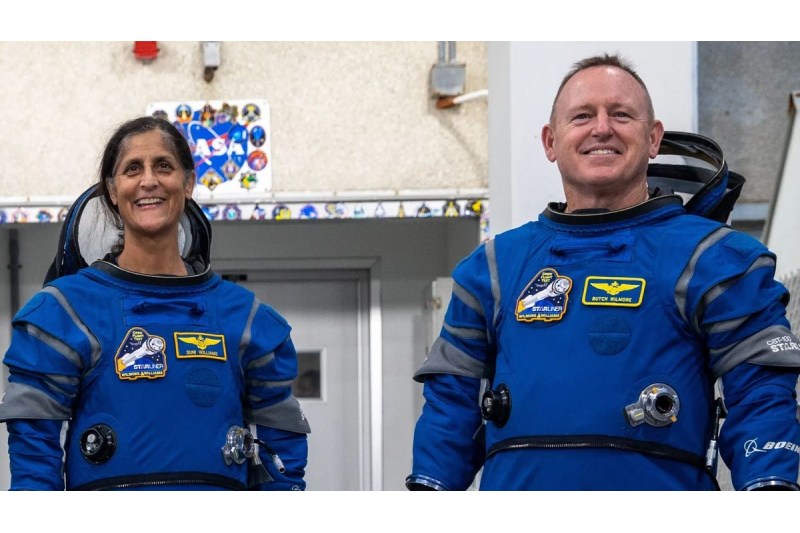At the International Space Station (ISS), two American astronauts are experiencing delays as engineers work to resolve issues with Boeing’s Starliner aircraft.
NASA, the American space agency, and Boeing are working together on the Starliner project. On June 6, the capsule reached the ISS. It had taken off from Cape Canaveral, Florida, one day earlier.
This was the first successful test flight of the Starliner spaceship carrying humans into space. Butch Wilmore and Suni Williams of NASA were taken there by it. It was anticipated that the two would spend roughly a week in space.
However, Starliner-related issues have already forced Boeing and NASA representatives to repeatedly reschedule the return trip to Earth. According to a source familiar with flight planning who spoke with Reuters, NASA was aiming for a July 6 return date.
Starliner has had at least five helium leaks since it took off on June 5. Moreover, a few of the rockets on the capsule have failed.
As part of the Artemis program, NASA would seek to employ Starliner to help its next lunar exploration efforts. However, Boeing has had difficulty finishing the testing procedure before receiving approval for many ISS visits.
Why was the return journey of Starliner delayed?
NASA requests further time to investigate issues with the propulsion system of Starliner. Although it is affixed to the capsule, this system is not intended for inspection upon return to Earth. Rather, during reentry, it is released and burns up in the atmosphere.
The manager of NASA’s commercial crew program is Steve Stich. The return delay was explained by him last week during a press briefing. “While we have this service module in orbit, we’re just taking a little more extra time to review all the data and also learn as much as we can,” stated Stich. The spacecraft’s “service module” is what NASA refers to as the Starliner’s propulsion system.
Additionally, the space agency stated that it did not want spacewalks to conflict with the return journey. This week, water leaked from an astronaut’s spacesuit, forcing the cancellation of a spacewalk. Plans call for at least one more spacewalk.
Which issues are still being looked into?
Following Starliner’s arrival to the ISS, five of the 28 thrusters in the capsule failed. According to NASA, all but one thruster restarted, and a subsequent test firing revealed that they were still operational.
Investigators believe the issue was brought on by heat from more thrusters being used as the ISS was approached. According to Boeing, the one troublesome thruster has been turned off and won’t cause any problems on the way back.
There was one little helium leak during the capsule’s launch, and four more were found when it arrived at the International Space Station. Fuel for the thrusters is pressurized using helium. It was assumed that the issue was caused by a failed rubber seal.
What happens after that?
Both NASA and Boeing have stated that when the spacewalks are over, they will keep looking at landing dates.
According to Boeing, the capsule has a 45-day maximum stay aboard the space station. The mission managers intend to continue investigating the helium leak and thruster issue.
Wilmore and Williams have been assisting with tasks and research at the orbiting space laboratory during their prolonged stay. According to NASA, there is plenty of supplies to last the astronauts’ whole stay, so there is no rush for them to depart.
NASA’s Stich expressed the agency’s goal to return the astronauts safely to their homes as soon as possible during remarks he made to reporters last week. He stated, “So far, we don’t see any scenario where Starliner is not going to be able to bring Butch and Suni home,”
